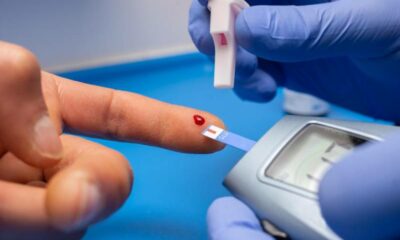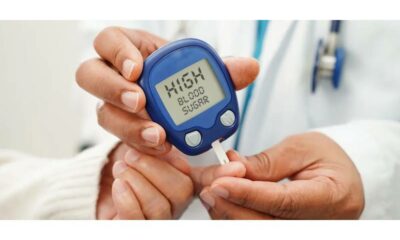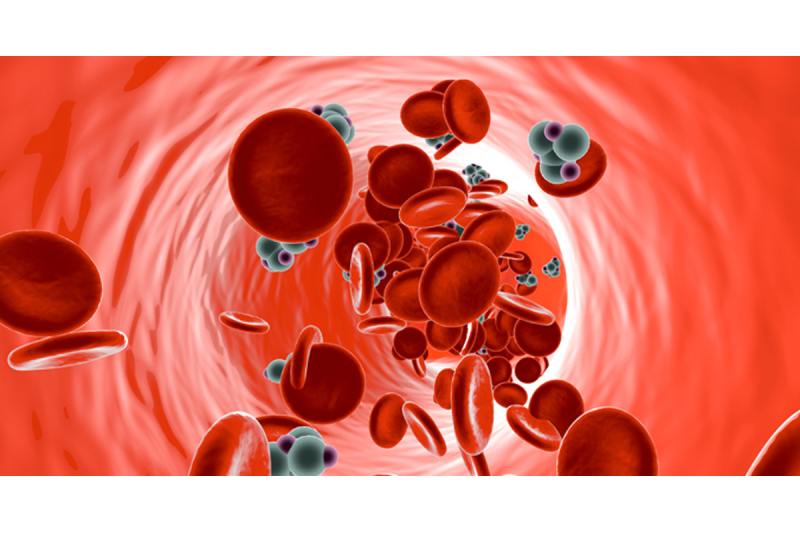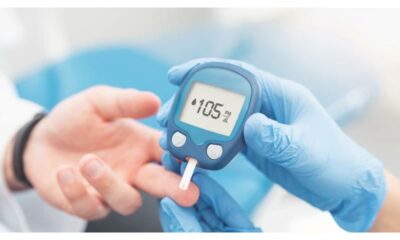Hyperglycemia, or high blood sugar, is a condition that occurs when blood glucose levels are elevated beyond the normal range. While it’s most commonly associated with diabetes, anyone can experience hyperglycemia due to various factors such as illness, stress, or certain medications.
Left untreated, hyperglycemia can lead to serious complications, including nerve damage, cardiovascular disease, and even diabetic ketoacidosis (DKA). In this guide, we’ll explore the causes, symptoms, prevention strategies, and effective treatments for hyperglycemia.
What Is Hyperglycemia?
Hyperglycemia refers to high blood sugar levels, typically above 130 mg/dL (7.2 mmol/L) before a meal or 180 mg/dL (10.0 mmol/L) two hours after eating. Persistent hyperglycemia is a hallmark of diabetes but can also occur in non-diabetic individuals under certain conditions.
Causes of Hyperglycemia
Understanding the causes of hyperglycemia is essential for effective prevention and treatment. Common triggers include:
- Diabetes (Type 1 and Type 2): Insufficient insulin production or resistance to insulin.
- Diet: High intake of carbohydrates or sugary foods without adequate insulin response.
- Lack of Physical Activity: Reduced insulin sensitivity and glucose uptake by muscles.
- Stress and Illness: Release of stress hormones that raise blood sugar levels.
- Medications: Certain medications, including steroids and diuretics, can elevate blood sugar.
- Hormonal Changes: Conditions like Cushing’s syndrome or hyperthyroidism.
Symptoms of Hyperglycemia
Recognizing symptoms early can help prevent complications. Common signs include:
- Increased thirst and dry mouth
- Frequent urination
- Blurred vision
- Fatigue and weakness
- Headaches
- Unintended weight loss (more common in Type 1 diabetes)
- Slow-healing wounds or infections
Complications of Untreated Hyperglycemia
Chronic high blood sugar can lead to severe complications, including:
- Diabetic Neuropathy: Nerve damage causing pain or numbness.
- Kidney Damage (Nephropathy): Reduced kidney function or kidney failure.
- Cardiovascular Issues: Increased risk of heart disease and stroke.
- Diabetic Ketoacidosis (DKA): A life-threatening condition resulting from a lack of insulin.
Prevention Strategies for Hyperglycemia
Preventing hyperglycemia is possible through lifestyle changes and medication management. Here’s how:
- Healthy Diet: Opt for low-glycemic index foods, reduce sugar intake, and monitor carbohydrate consumption.
- Regular Exercise: Improves insulin sensitivity and promotes glucose utilization.
- Medication Adherence: Taking prescribed medications or insulin as directed.
- Monitoring Blood Sugar Levels: Regular checks to detect early signs of hyperglycemia.
- Stress Management: Practices like meditation, yoga, and adequate sleep.
Effective Treatment Options
The treatment for hyperglycemia often depends on its cause and severity. Common approaches include:
- Adjusting Insulin Dosage: For those with Type 1 diabetes or insulin-dependent Type 2 diabetes.
- Oral Diabetes Medications: Such as Metformin, Sulfonylureas, or SGLT2 inhibitors.
- Dietary Changes: Reducing carbohydrate intake and increasing fiber consumption.
- Exercise: Engaging in physical activity to help lower blood sugar levels.
- Hydration: Drinking water to flush excess glucose from the body.
When to Seek Medical Attention
Seek immediate medical attention if you experience symptoms such as:
- Difficulty breathing
- Confusion or disorientation
- Persistent nausea and vomiting
- Fruity-smelling breath (a sign of DKA)
Conclusion
Hyperglycemia is a serious condition that requires careful management to prevent complications. By understanding the causes, symptoms, and treatment options, you can take proactive steps to maintain healthy blood sugar levels and improve your overall well-being.

 Diabetology2 weeks ago
Diabetology2 weeks ago
 Diabetology2 weeks ago
Diabetology2 weeks ago
 Diabetology5 days ago
Diabetology5 days ago
 Diabetology4 days ago
Diabetology4 days ago
 Diabetology4 days ago
Diabetology4 days ago
 Diabetology3 days ago
Diabetology3 days ago
 Diabetology1 day ago
Diabetology1 day ago
 Diabetology1 day ago
Diabetology1 day ago







